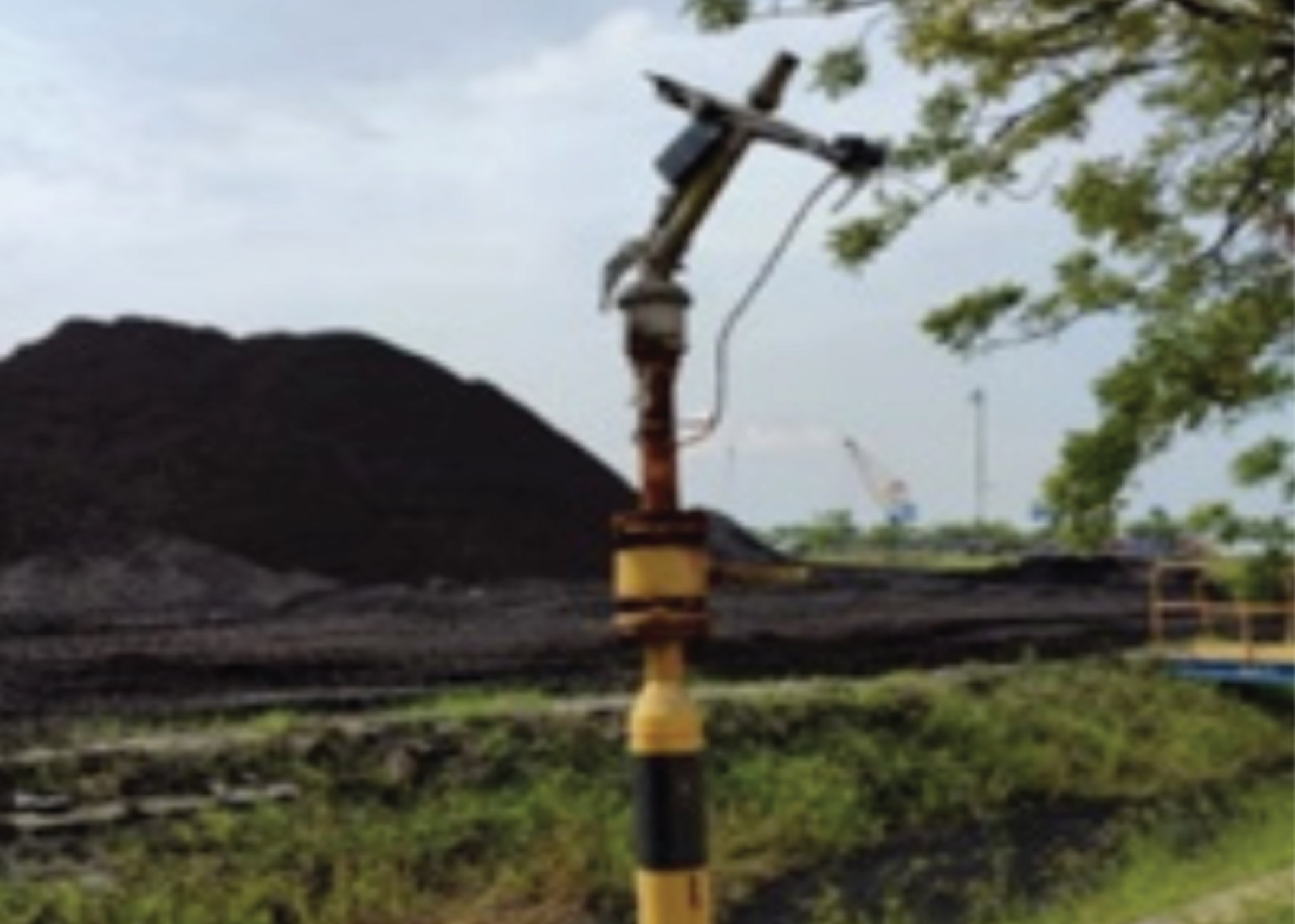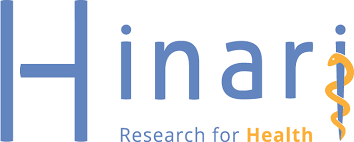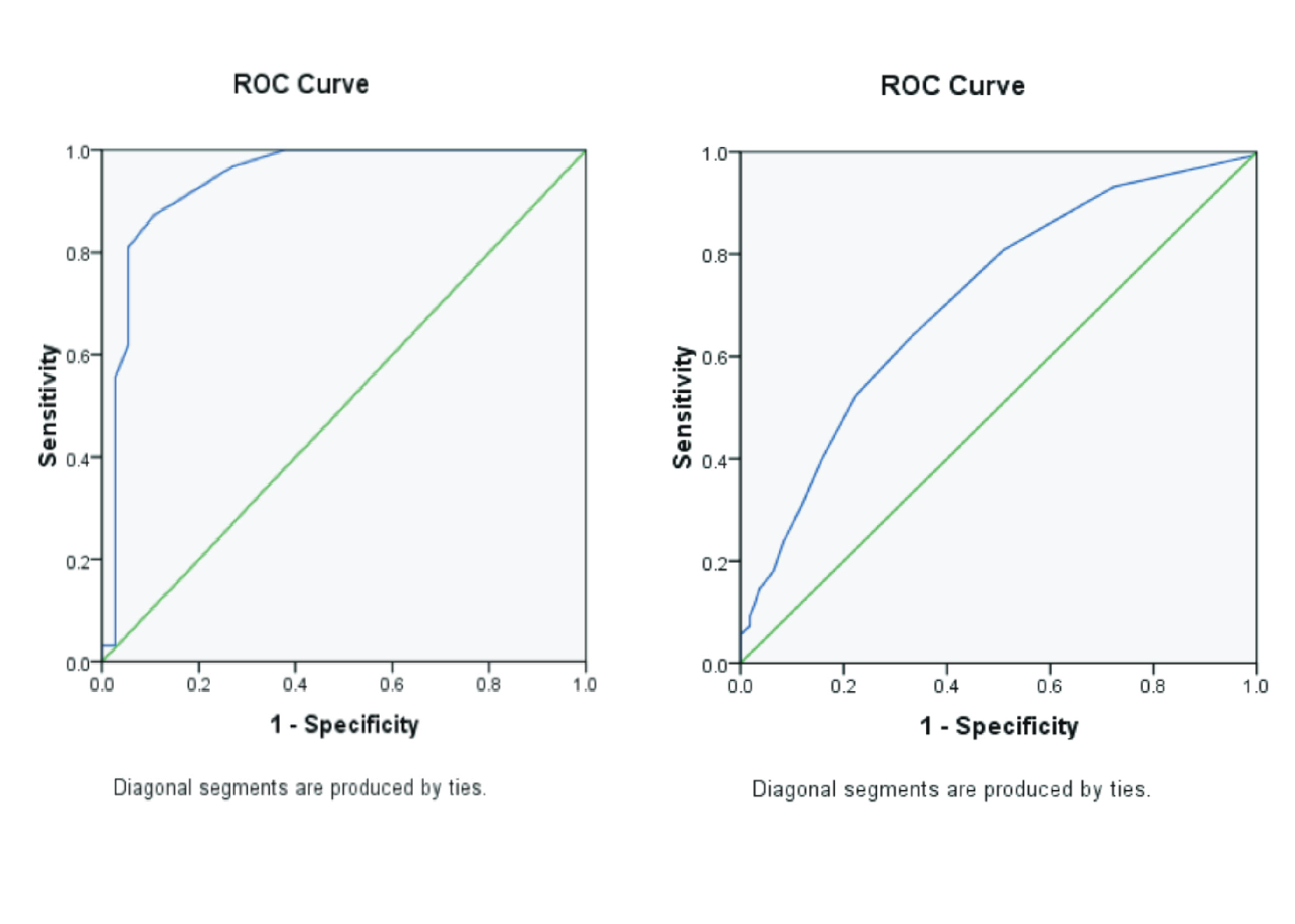EFFORTS IN CONTROLLING COAL DUST HAZARDS IN THE STOCKPILE AREA OF A STEAM POWER PLANT (PLTU)

Downloads
Background: The movement of coal or other activities in the stockpile area of a steam power plant can create a coal dust hazard or commonly referred to as respirable dust. The smaller the particle size, the more harmful effects it can have on human health, such as bronchitis, decreased lung function, Chronic Obstructive Pulmonary Disease (COPD), Coal Worker's Pneumoconiosis (CWP), and other respiratory diseases. Purpose: To study the chemical hazards of the working environment of coal dust and the control efforts conducted in the stockpile area of a steam power plant company. Method: This research was descriptive observational with a cross-sectional study. The data were comprised of primary data collected from interviews and observations, and secondary data such as environmental measurement report and documentations owned by company. Result: The results of the measurement of coal dust hazard in the stockpile are were 0.007 mg/m3 and 0.063 mg/m3 for personal dust measurements. Some of the coal-dust-hazard control efforts performed by PT. POMI included the installation of a spray gun, a dust suppression system, reforestation, and ventilation setting. Further, OHS induction was conducted, together with safety talk, working hour regulations, toolbox meeting, training on the use of PPE, Medical Check Up (MCU), person authorization, preventive maintenance, and the use of PPE by workers. Conclusion: The measurement of the coal dust hazard in the stockpile area is below the threshold value which is 3 mg/m3 for respirable particles and 10 mg/m3 for inhalable particles. PT. POMI has done several preventive and control efforts towards coal dust hazard, and there were no health problems found in workers.
American Conference of Governmental Industrial Hygienists, 2021. Threshold Limit Value for Chemical Substances and Physical Agents & Biological Exposure Indices. Russia.
Azzahro, F., Yulfiah, Y., Anjarwati, A., 2019. Penentuan Hasil Evaluasi Pemilihan Spesies Pohon dalam Pengendalian Polusi Udara Pabrik Semen Berdasarkan Karakteristik Morfologi. J. Res. Technol. Vol. 5(2), Pp. 89-98.
Beck, T.W., Seaman, C.E., Shahan, M.R., Mischler, S.E., 2018. Open-Air sprays for Capturing andControlling Airborne Float Coal Dust on LongwallFaces. Min. Eng. Vol. 70(1), Pp. 42-48.
Centnerova, L.H., 2018. On The History of Indoor Environment and It's Relation to Health and Wellbeing. REHVA J. Vol. 55(2), Pp. 14-20.
Colinet, J.F., Rider, J.P., Listak, J.M., Organiscak, J.A., Wolfe, A.L., 2010. Best Practices for Dust Control in Coal Mining. National Institute for Occupational Safety and Health (NIOSH), Pittsburgh, PA.
Ding, J., Zhou, G., Liu, D., Jiang, W., Wei, Z., Dong, X., 2020. Synthesis and Performance of a Novel High-Efficiency Coal Dust Suppressant Based on Self-Healing Gel. Environ. Sci. Technol. Vol. 54(13), Pp. 7992–8000.
Faisal, H.D., Susanto, A.D., 2017. Peran Masker/Respirator dalam Pencegahan Dampak Kesehatan Paru akibat Polusi Udara. J. Respirasi Vol. 3(1), Pp. 18-25.
Harianto, R., 2010. Buku Ajar Kesehatan Kerja. Kedokteran EGC, Jakarta.
Kollipara, V.K., Chugh, Y.P., Mondal, K., 2014. Physical, Mineralogical and Wetting Characteristics of Dusts from Interior Basin Coal Mines. Int. J. Coal Geol. Vol. 127, Pp. 75-87.
Kurniawidjaja, M., Lestari, F., Tejamaya, M., Ramdhan, D.H., 2021. Konsep Dasar Toksikologi Industri, 1st. ed. Fakultas Kesehatan Masyarakat UniversitasIndonesia, Depok.
Menteri Ketenagakerjaan RI, 2018. Peraturan Menteri Ketenagakerjaan Republik Indonesia Nomor 5 Tahun 2018 Tentang Keselamatan dan Kesehatan Kerja Lingkungan Kerja. Peratur. Menteri Ketenagakerjaan Republik Indones. No 5 Tahun 2018.
Merry Sunaryo, M.N.R.M.S., Rhomadhoni, Nourma, M., 2021. Analisis Kadar Debu Respirabel terhadap Keluhan Kesehatan pada Pekerja. J. Kesehat. Masy. Khatulistiwa Vol. 8(2), Pp. 63-71.
Mine Safety and Health Administration, 2020. Health Inspection Procedures Handbook. Department of Labor, USA.
Peraturan Presiden (PERPRES), 2019. Peraturan Presiden (PERPRES) Nomor 7 Tahun 2019 Tentang Penyakit Akibat Kerja.
Reese, C.D., 2017. Occupational Safety and Health: Fundamental Principles and Philosophies, 1 st. ed. CRC Press.
Rofifa, A.T., Alayyannur, P.A., Haqi, D.N., 2019. Analysis of Factors Related to use of Personal Protective Equipment (PPE) in Laboratory. Journal Malaysian J. Med. Heal. Sci. Vol. 15(9), Pp. 103-109.
Simanjuntak, M.L., 2015. Hubungan antara Kadar Debu, Masa Kerja, Penggunaan Masker dan Merokok dengan Kejadian Pneumokoniosis pada Pekerja Pengumpul Semen di Unit Pengantongan Semen PT. Tonasa Line Kota Bitung. J. Ilmu Kesehat. Masy. Unsrat Vol. 5(5), Pp. 520–532.
Sugiharti, S., Sondari, T.R., 2015. Gambaran Penyakit Paru Obstruktif Kronik (PPOK) di Daerah Pertambangan Batubara, Kabupaten Muara Enim, Provinsi Sumatera Selatan. J. Ekol. Kesehat. Vol. 14(2), Pp. 136-144.
Suma'mur, S., 2009. Higiene Perusahaan dan Kesehatan Kerja (HIPERKES). Sagung Seto, Jakarta.
Thakur, P., 2018. Advanced Mine Ventilation: Respirable Coal Dust, Combustible Gas and Mine Fire Control, 1 st. ed. Woodhead Publishing.
The National Institute for Occupational Safety and Health (NIOSH), 2015. Hierarchy of Controls.
Undang-Undang RI, 1970. Undang-Undang Nomor 1 Tahun 1970 Tentang Keselamatan Kerja.
Undang-Undang RI, 2003. Undang-Undang RI No 13 tahun 2003 Tentang Ketenagakerjaan. LN.2003/NO.39, TLN NO.4279, LL SETNEG.
Wulandari, A., Darundiati, Y.H., Raharjo, M., 2016. Analisis Risiko Kesehatan Lingkungan Pajanan Particulate Matter (PM 10) pada Pedagang Kaki Lima Akibat Aktivitas Transportasi (Studi Kasus: Jalan Kaligawe Kota Semarang). J. Kesehat. Masy. Vol. 4(3), Pp. 677-691.
Zhang, R., Liu, S., Zheng, S., 2021. Characterization of Nano-to-micron Sized Respirable Coal dust: Particle Surface Alteration and The Health Impact. J. Hazard. Mater. Vol 413, Pp. 125447.
Copyright (c) 2022 Journal of Vocational Health Studies

This work is licensed under a Creative Commons Attribution-NonCommercial-ShareAlike 4.0 International License.
- The authors agree to transfer the transfer copyright of the article to the Journal of Vocational Health Studies (JVHS) effective if and when the paper is accepted for publication.
- Legal formal aspect of journal publication accessibility refers to Creative Commons Attribution-NonCommercial-ShareAlike (CC BY-NC-SA), implies that publication can be used for non-commercial purposes in its original form.
- Every publications (printed/electronic) are open access for educational purposes, research, and library. Other that the aims mentioned above, editorial board is not responsible for copyright violation.
Journal of Vocational Health Studies is licensed under a Creative Commons Attribution-NonCommercial-ShareAlike 4.0 International License














































